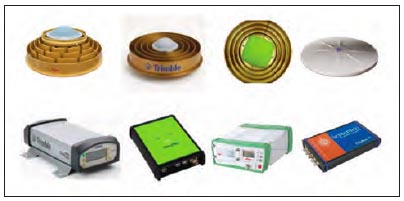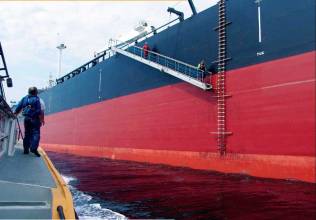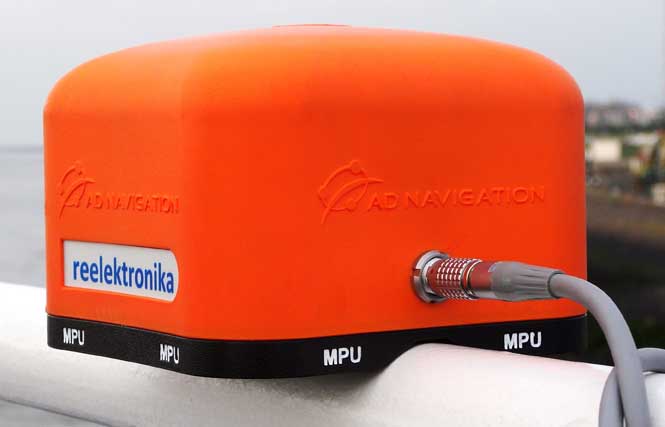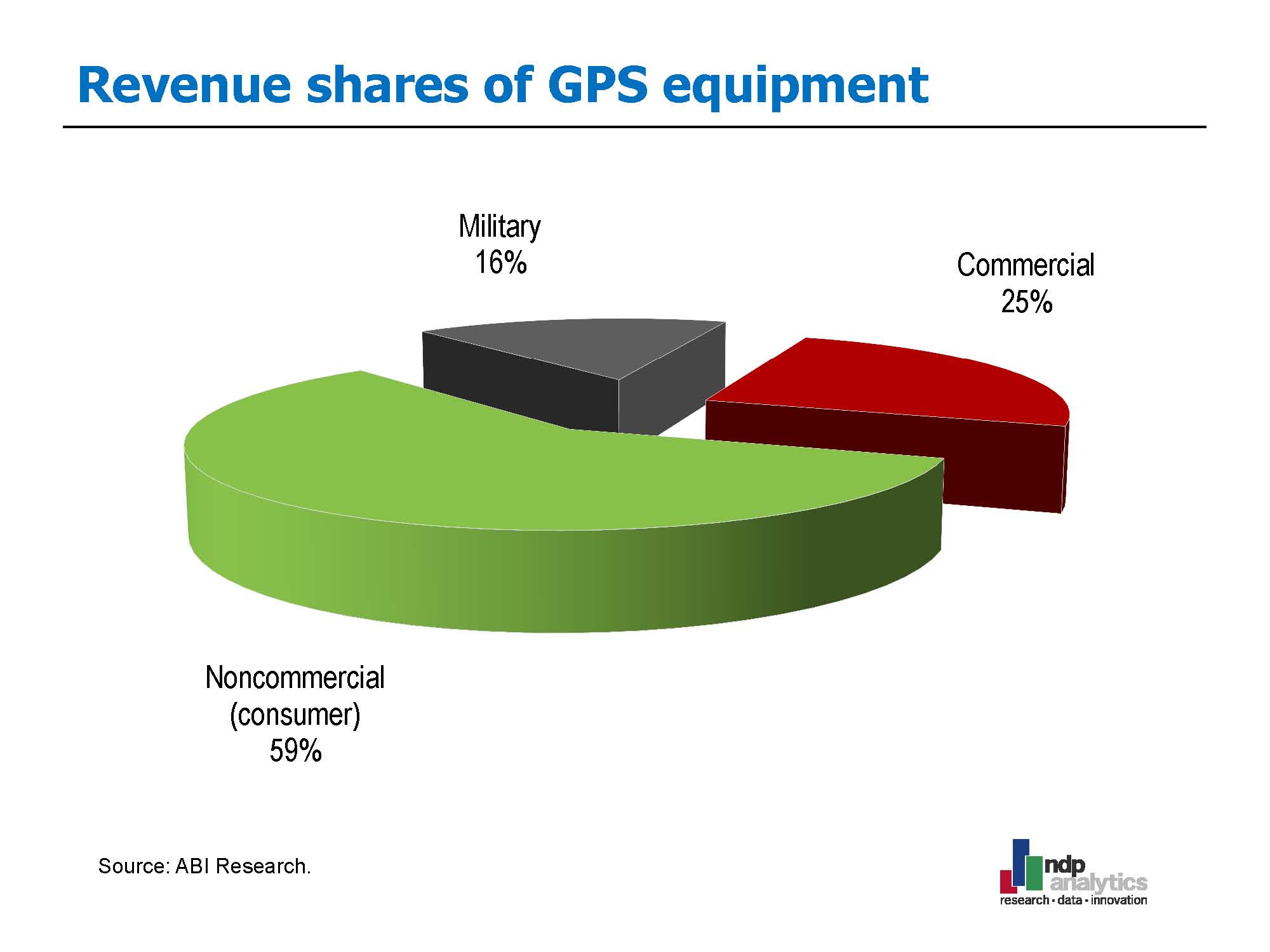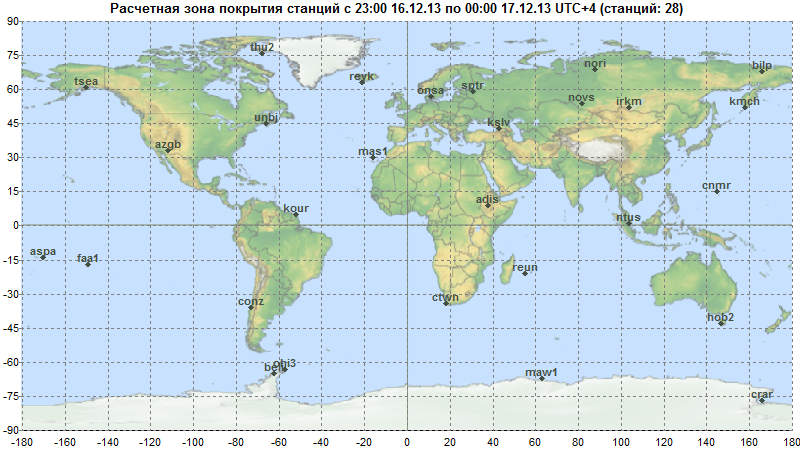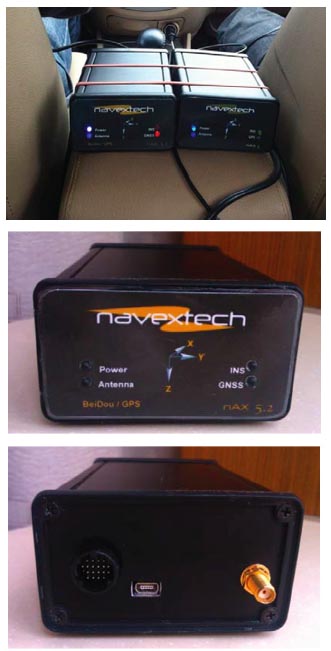Proposal for U.S. eLoran Service Gains Ground
Trying to revive a years-dead federal program is usually the kind of hopeless task that even Sisyphus wouldn’t touch.
But determined supporters of eLoran are gaining ground in their effort to resurrect the cancelled radio-navigation network and, propelled by new worries over GPS jamming, they appear poised push the issue through.
By Dee Ann Divis


